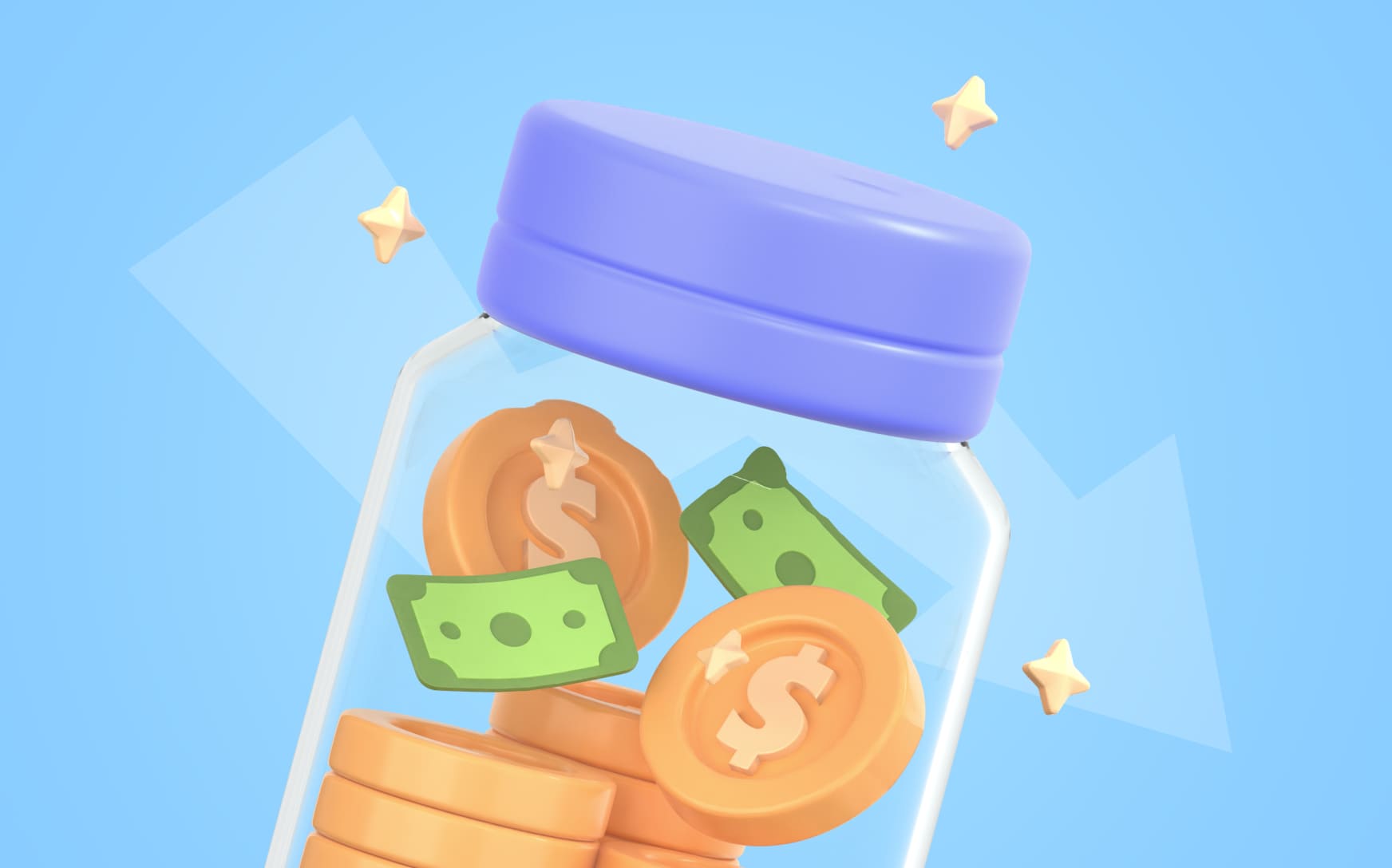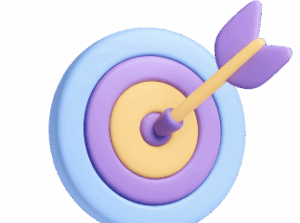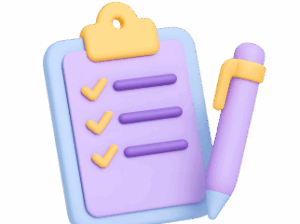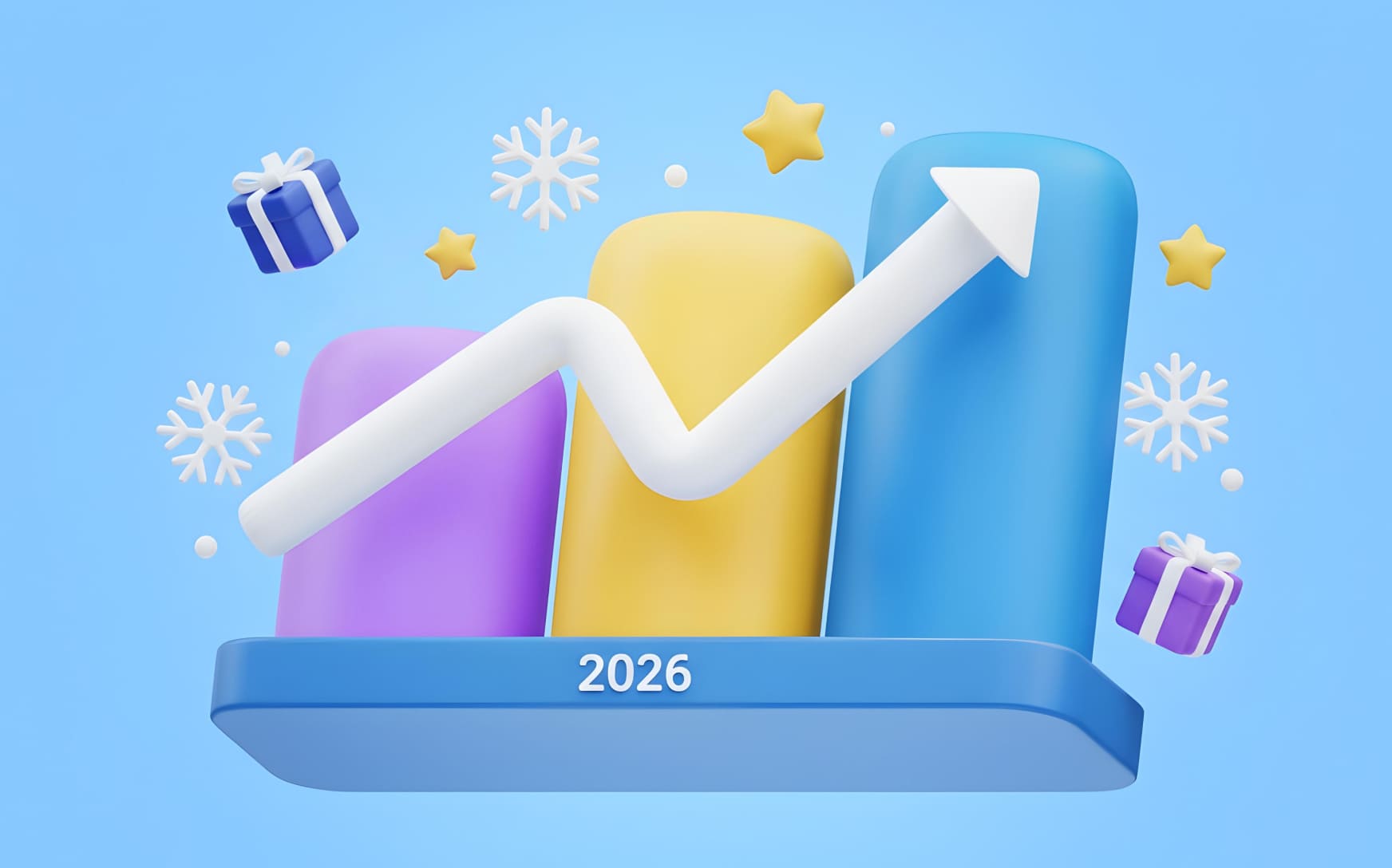To buy cheap website traffic that supports SEO growth in 2025, focus on real-user formats like push and popunder ads from trusted ad networks. Use platforms that offer segmentation, anti-bot protection, and optimization tools like AI bidding and CPA Goal. Prioritize behavioral signals — sessions, CTR, scroll depth — over raw volume, and avoid fake or bot traffic to stay safe with Google.
In 2025, cheap quality traffic is still a valid and widely used method to support SEO strategies. The logic is simple: Google’s algorithm still relies on behavioral metrics — CTR, bounce rate, time on page, scroll depth — to see how users interact with content. These interactions help determine how well a page should rank in search results.
Marketers buying cheap web traffic aren’t looking for conversions. They want to simulate organic interest, increase branded search signals and engagement metrics. This is especially common for niches like gambling, software and leadgen where buying cheap traffic for website ranking manipulation can give a competitive edge.
One popular method is to run ads with direct links to Google search results. The user sees a push or pop ad, clicks it and lands on a Google SERP with the target site pre-searched. When the user clicks the actual site link in search — even by accident — it counts as a positive SEO signal.

Why does this work?
- Google sees a user initiating a search and clicking your result.
- The page gets session data: clicks, scrolls, time spent.
- Google interprets it as relevance and engagement.
For low competition keywords or new domains this can be enough to increase traffic for SEO rankings. It’s won’t replace traditional SEO but it’s fast, scalable and relatively low risk — especially when using real visitors from verified sources.
Top Formats for Cheap Quality Traffic in 2025
When it comes to generating cheap traffic for website growth not all ad formats are created equal. In 2025, the two most effective formats for manipulating behavioral SEO metrics are push notifications and popunder ads. They offer massive reach, low costs and — most importantly — real user interactions.
Below is a comparison of the most popular formats used by SEO affiliate teams and media buyers today:
| Format | Avg. CPC/CPM | Real Users | CTR Impact | Bounce Rate | Best Use Case |
| Push Ads | $0.003–$0.01 | Yes | Medium | Low | CTR boosts, branded search imitation |
| Popunder Ads | $0.5–$0.005 | Yes | High | Medium | High-volume SEO signals |
| Direct Clicks | $0.01+ | Yes | High | Low | Targeted CTR manipulation |
| Domain Redirect | $0.001–$0.003 | Mixed | Low | High | Indexing triggers, junk traffic |
Why Push Ads?
Push ads deliver messages directly to a user’s device — even when they’re not browsing. These users are real, opted-in subscribers. With the right targeting push ads can drive consistent SEO-friendly traffic with low bounce rates and higher session duration. Plus, they’re ideal for simulating branded intent (e.g. sending users to a SERP with your domain name).
Why Popunder Ads?
Pop traffic is cheap, high-volume and still underutilized in SEO strategies. When the user closes or interacts with a page, a new window opens with your content — often unnoticed but logged by analytics tools. For SEO teams focused on session count, time on site, and scroll, this is gold. Popunder ads are especially useful when your goal is volume over quality.
Direct clicks and domain redirects are also used but carry a higher risk of being flagged as manipulative — and in some cases generate mostly bot traffic. Push and pop formats are the cheapest website traffic sources with relatively high behavioral value.
How Cheap Traffic Influences SEO Metrics
Let’s be real — if you think behavioral metrics don’t matter for rankings in 2025 you probably haven’t tested cheap website traffic at scale.
Google doesn’t just look at backlinks or content anymore. It watches how users behave. When you buy cheap traffic for website campaigns you’re not chasing conversions — you’re generating signals: clicks, sessions, time on page, scroll depth and more. These are exactly the things that feed Google’s understanding of relevance.

Here’s what cheap traffic can boost:
- CTR on search results — especially when traffic lands on a pre-filled Google SERP
- Session duration — real users from push or pop traffic stay for 10–30 seconds
- Bounce rate — a good landing page keeps them engaged even for a short time
- Scroll events — trackable signals that Google may interpret as real interest
A common tactic? Use push ads that send users directly to a Google search query. They click the ad, see your brand or article in the results and click again. Boom — now it looks like they found your site organically. It’s simple, fast and surprisingly effective.
Another method: use popunder traffic to flood a specific URL. These users might not notice your site right away but their sessions are recorded. You get cheap traffic for SEO and Google sees increased activity.
Can this get you into Google Discover? It’s possible. While Discover’s algorithm isn’t public it clearly favors pages that get engagement spikes. Driving cheap traffic website campaigns from quality sources can trigger just that — as long as the traffic behaves like a real user.
Bottom line: cheap doesn’t mean useless. If the traffic is real, human and behaves naturally it can absolutely help boost your SEO metrics — and rankings.
How to Buy Cheap Quality Traffic Without Risks
Buying cheap traffic for websites can work — but only if you avoid rookie mistakes. There’s a thin line between cheap quality traffic and garbage bot clicks that do more harm than good. In 2025, the traffic market is full of shady resellers, fake users and outdated tactics. You need to know what to look for.
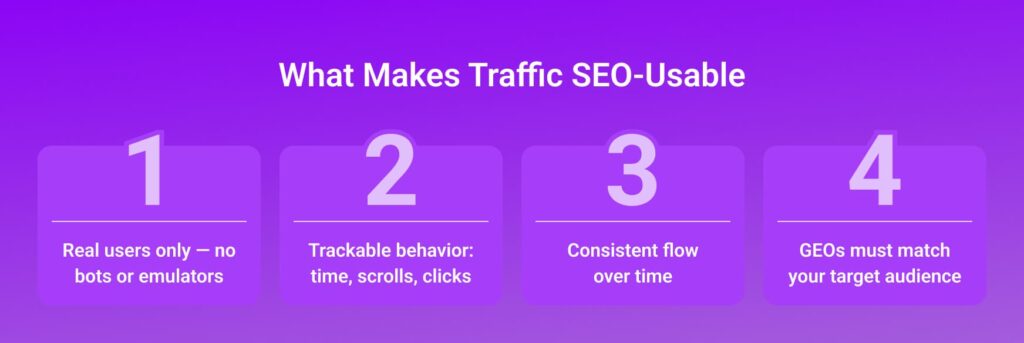
Here’s what makes traffic actually usable for SEO:
- Real users only. No datacenter traffic, no emulators, no spoofed sessions. Real people on real devices.
- Trackable behavior. Your analytics should show session time, scrolls, click paths — not just bounces and 0s across the board.
- Consistent flow. Don’t blast 100K sessions in one hour. Spread it across time to mimic natural growth.
- Relevant geos. If your site targets the US, don’t send 90% of traffic from Pakistan just because it’s cheap.
Where to buy cheap web traffic (that actually works)
- Trusted ad networks — not traffic resellers on shady forums.
- Push and pop platforms with transparent reporting, like site IDs, placements and anti-bot filters.
- Sources that support segmentation — by geo, device, browser, etc. The more control you have, the better.
Don’t fall for platforms that only show impressions and raw volume. You need behavioral data — or your traffic won’t help SEO at all.
Using Push and Pop Ads for SEO: Why It Works
Let’s be clear: not all ad formats are built for SEO manipulation. But push ads and popunders are. That’s why they’re the go-to choice when marketers want to drive cheap traffic for SEO purposes without burning budgets or raising flags.
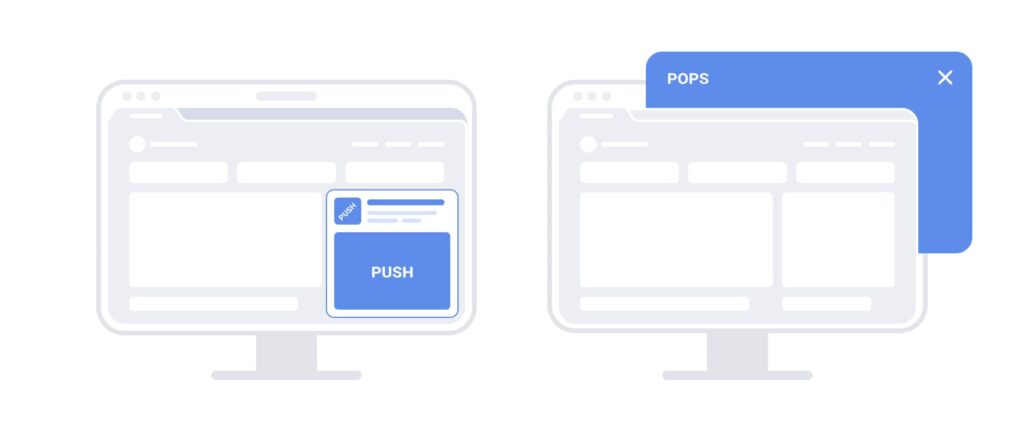
Why Push Ads Work
Push notifications land directly in users’ browsers or mobile devices. The user sees a message, clicks and ends up on your site. Sounds simple — but here’s the power: push traffic is opt-in, meaning it’s tied to real users, not bots. That gives you:
- High session quality
- Real interaction (clicks, scrolls, time on page)
- Lower bounce rates compared to random pop traffic
You can also send users to a Google search page with your keyword already entered. They click your result, Google tracks that and your CTR gets a boost — one of the most underrated SEO signals.
Why Popunders Work
Pop traffic is all about volume. You get thousands of visits for pennies, which is perfect for campaigns where the goal is to simulate interest. Yes, some of that traffic won’t engage — but that’s okay if you’re using it to inflate session count and other surface-level signals.
The trick is using pop traffic strategically:
- Send it to strong landing pages
- Monitor bounce and engagement
- Use it in moderation, or rotate sources
Combined, push and pop traffic give you the best mix of cheap web traffic with measurable behavior — exactly what’s needed to increase traffic for SEO rankings without getting penalized.

Roya, Emotional Damage Officer & Supreme AI Arbitragist at ROIads
Why ROIads Is the Right Place to Buy Cheap Quality Traffic in 2025
If you’re planning to buy cheap traffic for website growth, don’t waste time on shady sources. You need real users, real behavior, and real tools to scale. That’s exactly what ROIads delivers.
At ROIads ad network, you get access to high-quality push and pop traffic from over 200 countries, all segmented by geo, device type, browser, OS, and even connection. This isn’t just volume — it’s volume with control.
What sets ROIads apart:
- Real human traffic only — we filter bots automatically with anti-fraud tools
- Micro bidding — adjust bids for each site or source to optimize performance
- CPA Goal — let the system optimize for conversions while keeping behavioral signals strong
- AI bidding technology — automatically shifts budget to the best-performing sources in real time
- Clean and transparent stats — site IDs, click zones, session depth — all visible
- Premium traffic sources — access to top-tier supply without paying top-tier prices
- Dedicated manager support — if you deposit $500+, you get personal help with setup and creatives
After registration, the dashboard provides insights for 150+ geos, including available traffic volumes, average and top CPC/CPM rates, win rate statistics, and segmentation by format as well as traffic type (desktop or mobile).
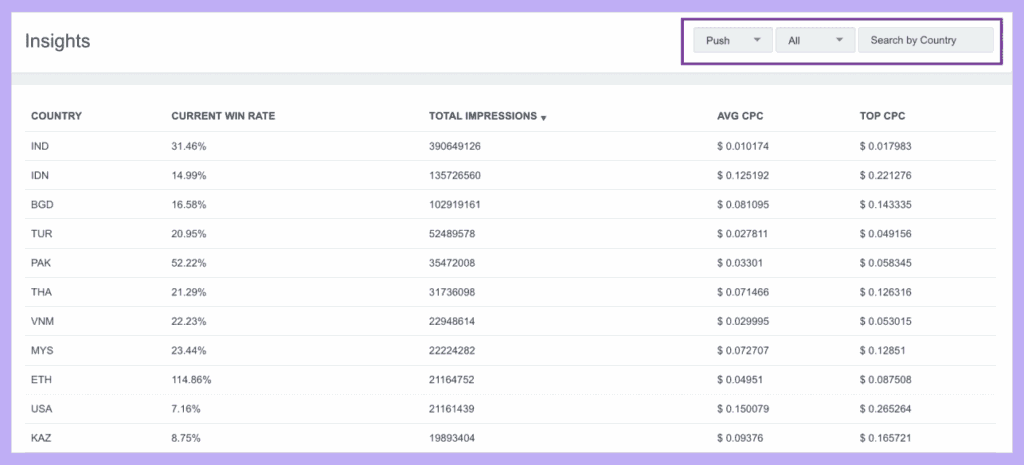
Want to simulate branded searches using push? Drive page sessions with popunder traffic? Optimize campaigns for conversions and SEO behavior at the same time? You can do all of that here.
Risks and Limitations
Let’s not pretend this is risk-free. Buying cheap traffic for website can backfire — especially if you don’t understand what you’re doing. While real user behavior can support your SEO efforts, low-quality traffic or bot activity can send the wrong signals and hurt rankings instead of helping.
What Can Go Wrong?
- High bounce rate if the traffic is irrelevant or lands on weak pages
- Zero engagement from fake or incentivized users
- Google flagging artificial signals if spikes look unnatural or repeated
- Analytics distortion — inflated session numbers can make real performance hard to track
Does Google Penalize Artificial Traffic?
Not always — but it can. Google won’t ban your site just for buying ads, but if you flood it with fake cheap website traffic, especially from shady sources, the algorithm can start discounting signals or, worse, reduce your visibility.
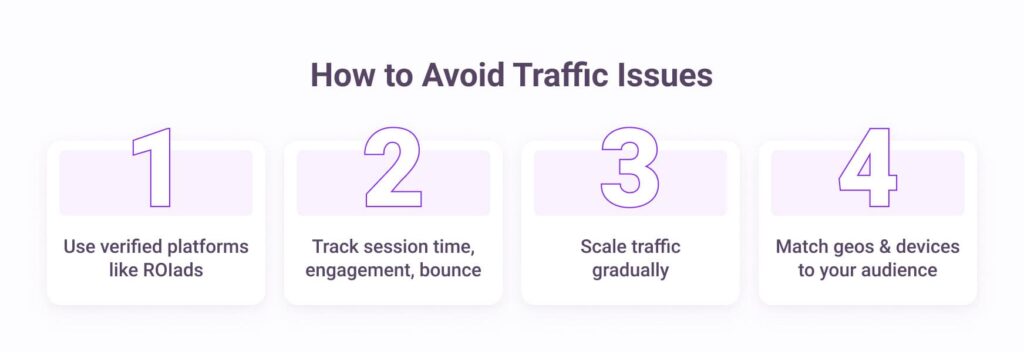
How to Avoid Problems:
- Use verified platforms like ROIads that offer real traffic with segmentation
- Track everything: session length, engagement, bounce — not just volume
- Test gradually. Don’t throw 50k visits at a page overnight.
- Match geos and devices to your target audience to keep behavior realistic
Bottom line: cheap traffic for website works — but only when you’re using real users, monitoring behavior, and scaling smart. Otherwise, you’re just burning the budget and risking penalties.
FAQ: How to Buy Cheap Website Traffic to Improve SEO
❓Does cheap traffic help improve SEO rankings?
Yes, if it comes from real users and behaves naturally. Traffic that generates sessions, scrolls, clicks and time on site can influence SEO-related metrics like CTR and engagement. But it won’t replace high-quality content or backlinks.
❓Can push or pop ads boost behavioral SEO metrics?
Absolutely. Push and pop ads can drive large volumes of human traffic that interacts with your page. This helps with metrics like bounce rate, dwell time and session depth — all of which can support SEO.
❓Is it safe to buy cheap traffic for SEO purposes?
It depends on the source. Buying traffic from verified ad networks is generally safe. Buying from sketchy resellers or bot farms is not. Always monitor your analytics and start small.
❓Can fake or low-quality traffic harm my website?
Yes. Fake traffic can inflate your numbers, confuse your analytics and even hurt rankings if Google detects manipulation. It’s better to send less traffic that behaves like real users than massive volumes of garbage.
❓Does Google penalize websites for artificial traffic?
Google doesn’t penalize paid traffic by default but it can ignore or devalue signals that seem manipulated. If the traffic looks fake or spammy it can hurt your trust score or trigger algorithmic filters.
Conclusion
In 2025, cheap website traffic isn’t just about getting clicks — it’s a smart tool for influencing SEO when used right. Formats like push and popunder allow you to generate real behavioral signals: sessions, scrolls, click-throughs — all at scale and for a fraction of the price of traditional ads.
But quality matters. Sending random junk from bot farms won’t help rankings — it’ll hurt them. The goal is to drive cheap quality traffic that behaves like real users, supports your SEO goals and doesn’t blow up your analytics in the process.
Platforms like ROIads give you everything you need to make that work — clean sources, full control and features like AI bidding technology and CPA Goal optimization. Whether you’re manipulating branded search CTR or scaling to Google Discover, the tools are here — and the traffic is waiting.
If SEO growth is your goal, don’t wait. Buy cheap traffic for website ranking today — but do it smart.
